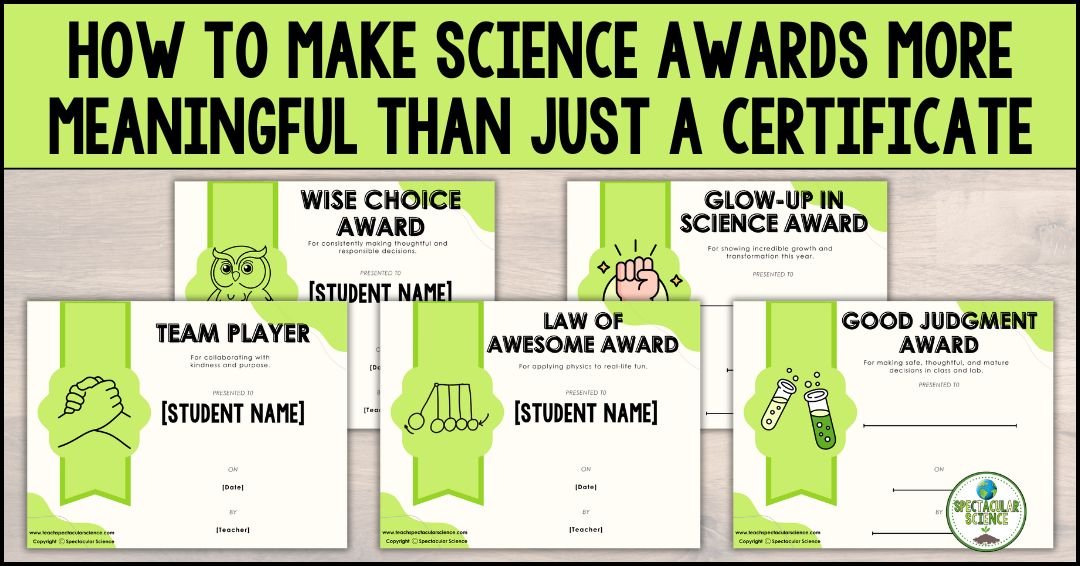
As secondary teachers, finding the delicate equilibrium between imparting essential knowledge and overwhelming students with excessive homework can be challenging. The debate over the efficacy of science homework continues, but one thing is clear – the key lies in striking the perfect balance.
Homework isn’t just about completing tasks; it’s about reinforcing classroom learning, fostering independent thinking, and instilling a love for discovery. Numerous studies have delved into the world of homework, and the consensus is clear: quality matters more than quantity. Homework should be a tool that enhances understanding, not a burdensome task that dims the excitement of learning.
Let’s ditch the mundane and dive into these 15 tips, ensuring a positive learning experience for your students without burdening them with an excessive science homework load.
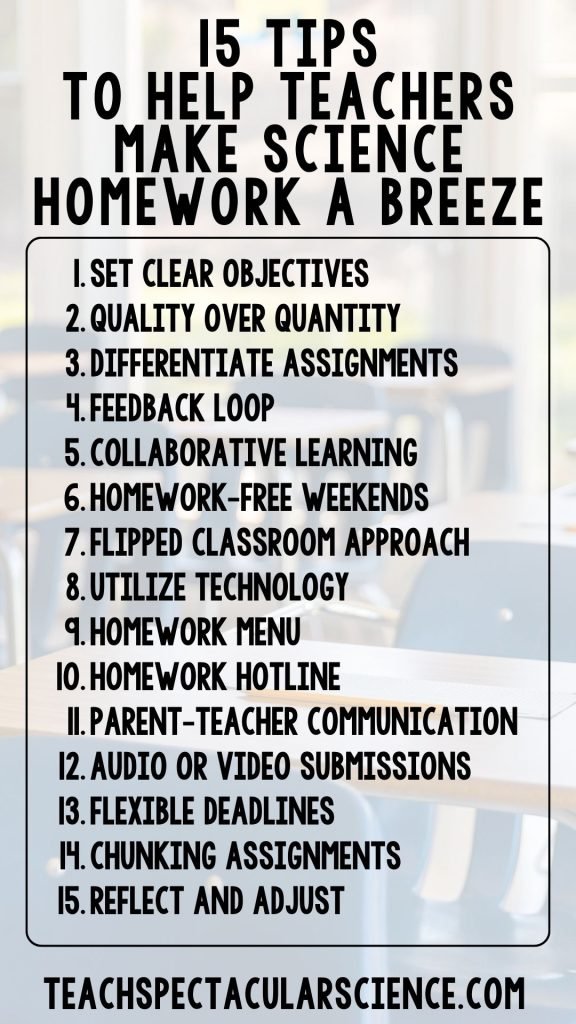
1. Set Clear Objectives
Clearly communicate the purpose of each assignment. When students understand the learning goals, they are more likely to engage meaningfully with the material.
Here’s how: Imagine assigning a project on renewable energy sources. Clearly communicate that the goal is for students to understand the environmental impact of different energy alternatives. This clarity will empower them to engage deeply with the material and propose innovative solutions.
2. Quality Over Quantity
Prioritize the quality of assignments over the quantity. Focus on meaningful tasks that reinforce classroom learning rather than assigning busywork.
Here’s how: Instead of assigning a hefty worksheet, challenge students to create a podcast episode discussing the impact of climate change on ecosystems. This not only reinforces classroom learning but also encourages them to express their ideas creatively.
3. Differentiate Science Homework Assignments
Tailor assignments to suit different learning styles and abilities. Differentiation ensures that all students are challenged at an appropriate level.
Here’s how: For a unit on astronomy, offer diverse assignments. Visual learners can create a star map, auditory learners can record a space-themed podcast, and kinesthetic learners can build a model of the solar system. This way, everyone’s unique learning style is celebrated.
Check out this blog post which includes 5 differentiation strategy options for middle and high school science teachers to support students in their science classroom.
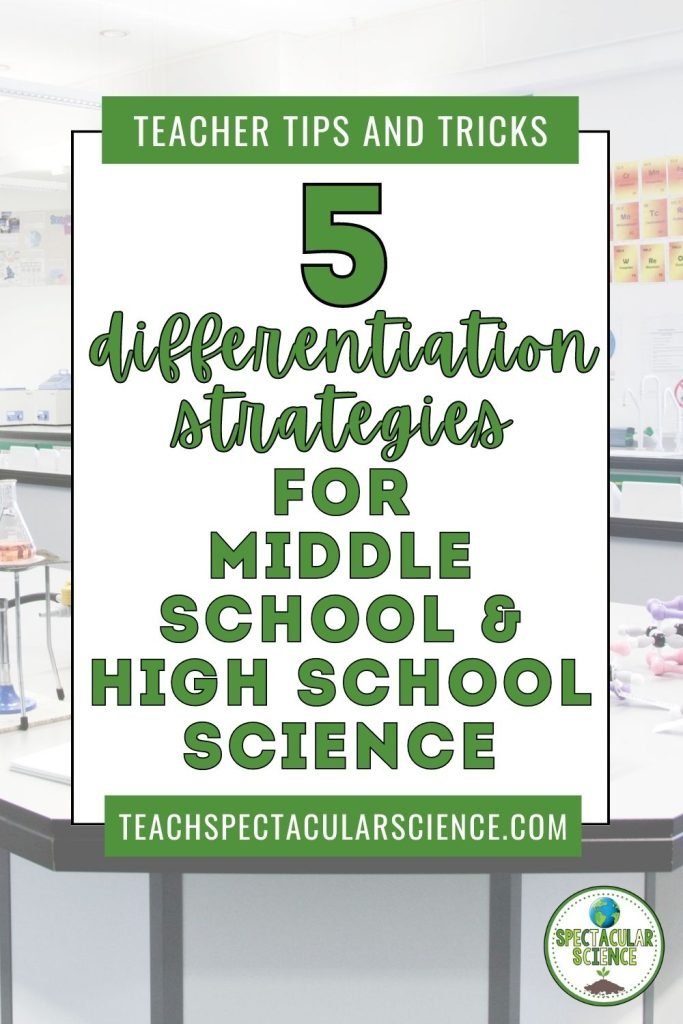
4. Feedback Loop
Provide timely and constructive feedback on science homework assignments. This not only helps students understand their mistakes but also fosters a culture of continuous improvement.
Here’s how: Instead of traditional feedback, encourage students to provide peer reviews on their classmates’ experiment reports. They can use a designated digital platform to leave comments, suggestions, and even emoji reactions. This not only fosters a collaborative spirit but also gives students a chance to learn from each other’s successes and challenges. And by the way, that can be their assigned science homework for the night. Science homework doesn’t need to take long to be meaningful.
5. Collaborative Learning
Incorporate group projects or collaborative assignments. This promotes teamwork, communication skills, and shared responsibility for the workload.
Here’s how: Assign a project where students collaboratively create an interactive science blog. Each student contributes a post on a different scientific topic, fostering teamwork, communication skills, and shared responsibility.
Explore some activities that can be completed as science homework, which have become favorites among students. These activities can certainly be completed in pairs or small groups:
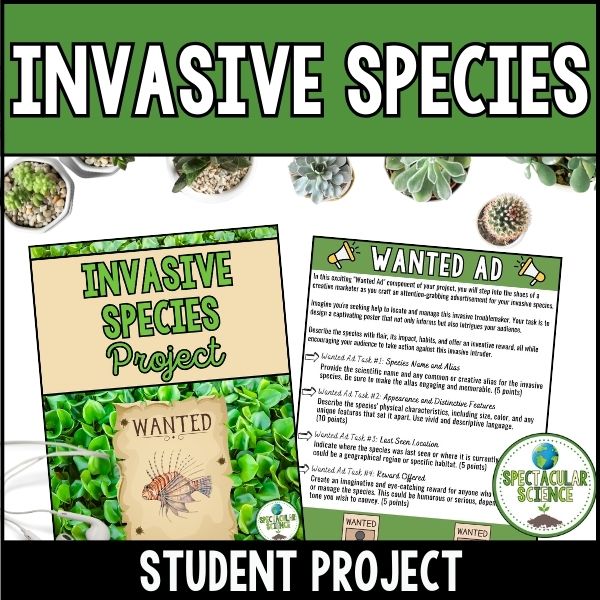


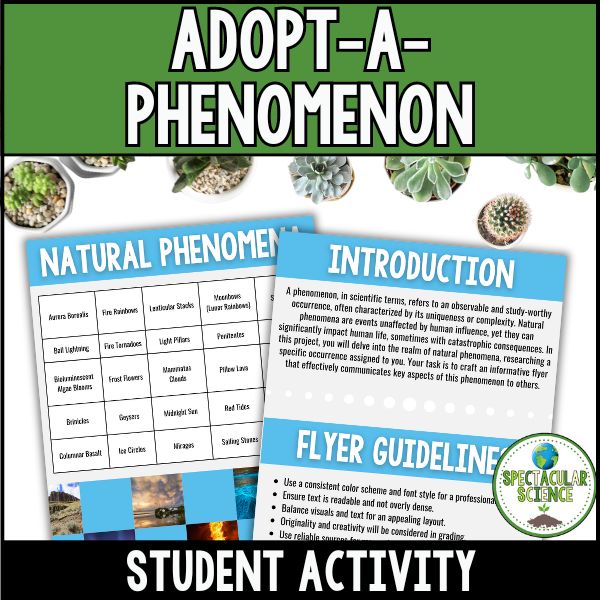

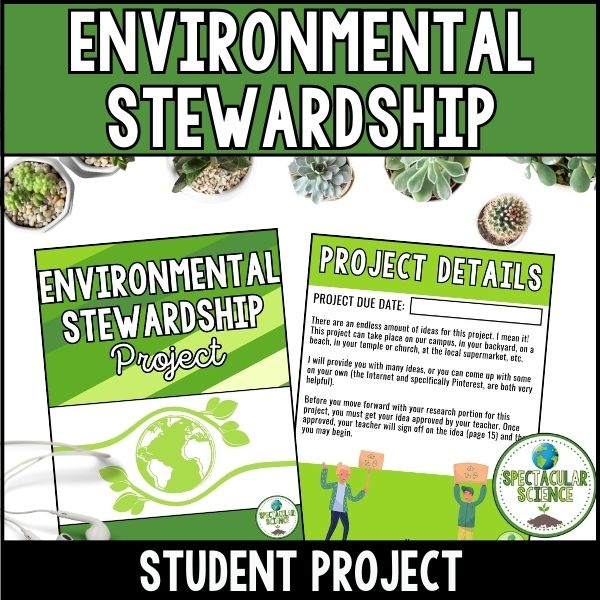
6. Homework-Free Weekends
Consider implementing homework-free weekends to allow students time to relax, recharge, and engage in extracurricular activities.
Here’s how: As a special treat, announce science homework-free weekends during significant school-related events. Whether it’s the big science fair, the annual science symposium, or even a spirited sports day, these weekends are your way of saying, “Hey, we’ve got something exciting happening, and your focus should be on enjoying the moment, not textbooks!”
7. Flipped Classroom Approach
Explore the flipped classroom model, where students review instructional material at home and engage in hands-on activities or discussions during class time.
Here’s how: Before a unit on genetics, assign a captivating animated video or a dynamic TED-Ed talk as homework. The video could unravel the secrets of DNA and genetic inheritance, setting the stage for an exciting exploration. Then, during class, transform your space into a genetic research lab. Students become geneticists for the day, extracting DNA from strawberries, simulating Punnett squares, and discussing real-life genetic breakthroughs. The flipped classroom approach transforms passive learning into an active, hands-on experience, making science come alive both at home and in the classroom.
8. Utilize Technology
Leverage technology to make science homework more interactive and engaging. Online platforms, educational apps, and multimedia resources can enhance the learning experience.
Here’s how: Encourage students to create a TikTok-style video explaining a scientific concept. It’s a modern twist that leverages technology to make learning both interactive and entertaining.
9. homework menu
Offer students a choice of assignments from a “homework menu.” This allows them to select tasks that align with their interests or learning preferences.
Here’s how: Present a “Science Buffet” where students choose between creating a meme illustrating a scientific concept, conducting a kitchen chemistry experiment, or writing a short science fiction story. This menu caters to diverse interests and learning preferences.
10. Homework Hotline
Set up a designated “science homework hotline” where students can submit questions or concerns digitally. Address common issues in class, saving time while ensuring everyone benefits from clarifications.
Here’s how: Let’s say you’ve assigned a challenging physics problem set. Students, working on the assignments at home, may encounter hurdles or have questions about specific concepts. By establishing a Homework Hotline, they can post their questions, and you, as the teacher, or even their peers, can provide assistance. This not only fosters a collaborative learning environment but also ensures that questions are addressed promptly, preventing potential confusion from lingering.
11. Parent-Teacher Communication
Maintain open communication with parents regarding the purpose and expectations of homework. This ensures a collaborative effort in supporting students’ learning.
Here’s how: Maintain a science-themed blog or newsletter to keep parents in the loop about classroom activities and upcoming experiments. Share insights into the wonders of your curriculum, turning parents into enthusiastic supporters of their young scientists.
Want to learn more about effective parent communication? Check out this blog post, “The Power of Parent Communication: Starting Strong from Day One!“

12. Audio or Video Submissions
Allow students the option to submit homework in audio or video format. This provides a refreshing change and reduces the time spent deciphering handwriting while embracing diverse learning styles.
Here’s how: Imagine a student choosing to host an environmental podcast episode. They could blend scientific insights, expert interviews, and even field recordings to delve into the consequences of climate change on ecosystems. Alternatively, another student might opt for a video submission, producing a visually engaging documentary that combines data visualizations, satellite imagery, and interviews with local experts.
13. flexible deadlines
Embrace the power of flexibility by offering students adjustable deadlines for their assignments. Recognize that life happens, and unforeseen challenges may arise.
Here’s how: Provide a window for submission, allowing students to manage their time effectively, accommodate personal commitments, and ensure that they can produce their best work without the stress of rigid due dates. This approach nurtures a sense of responsibility and empowers students to balance their academic and personal responsibilities.
14. Chunking Assignments
If an assignment seems daunting, break it into smaller chunks with staggered due dates. This helps students manage their time more efficiently.
Chunking science homework assignments allows students to focus on specific aspects of the assignment, ensuring a more thorough understanding and higher-quality output. Additionally, it promotes a sense of accomplishment as they complete each segment, contributing to a positive and productive learning experience.
Here’s how: Instead of overwhelming students with a massive project, introduce it in stages. Each chunk becomes a milestone, making the workload more digestible and reducing the likelihood of procrastination.
15. Reflect and Adjust
Regularly reflect on the effectiveness of your science homework assignments. Be willing to adjust your approach based on student feedback and performance.
Here’s how: Keep an open dialogue with students. Ask for feedback on the workload and be willing to adjust assignments based on their input.

final words
Striking the perfect balance with science homework assignments is an ongoing process that requires flexibility, creativity, and a genuine concern for student well-being. By implementing these 15 tips, secondary teachers can create a learning environment that fosters academic growth while respecting the importance of a healthy work-life balance for their students.















